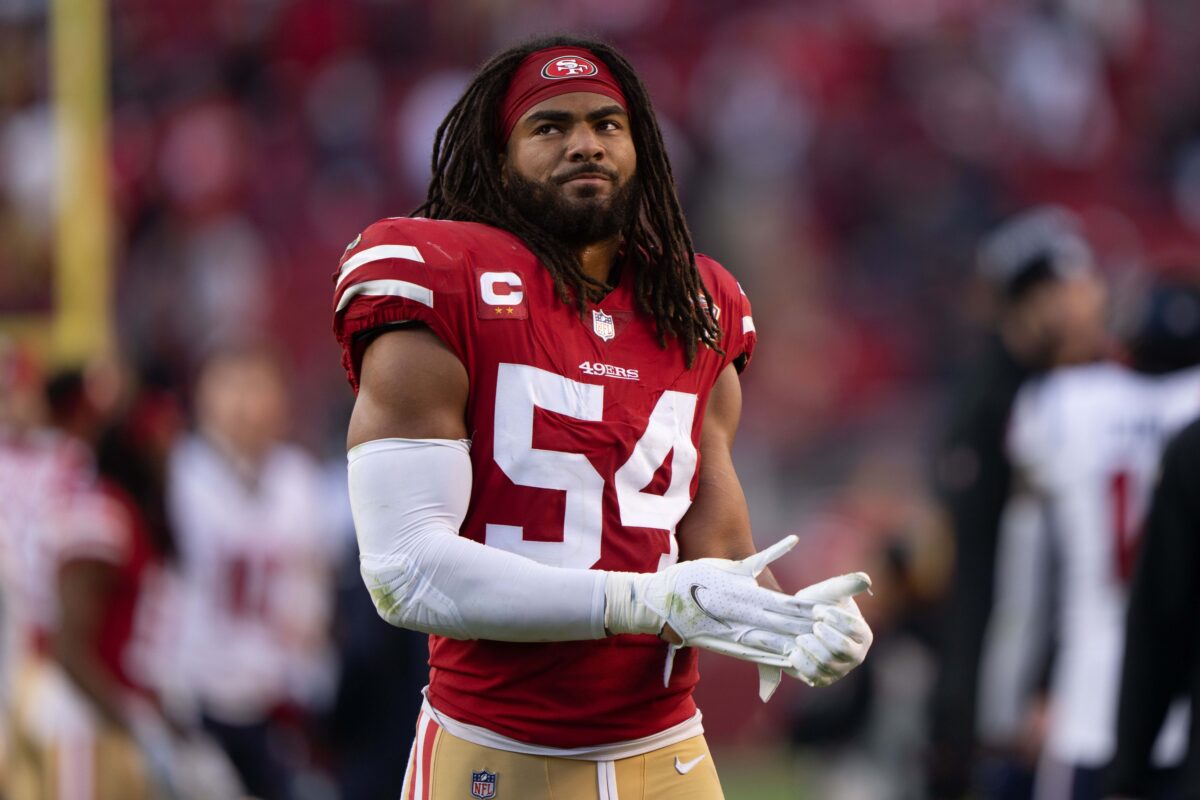San Francisco 49ers defensive coordinator DeMeco Ryans has built the NFL’s best defense. Here’s how that happened.
The San Francisco 49ers have done all kinds of remarkable things on defense this season, but this Deommodore Lenoir sack of Matthew Stafford with 45 seconds left in the 49ers’ 24-9 Monday night thrashing of the defending Super Bowl champion Los Angeles Rams really stood out.
The Rams had third-and-13 from their own 30-yard line, and San Francisco defensive coordinator DeMeco Ryans was dialing up some STUFF. Pre-snap, safeties Tashaun Gipson and Talanoa Hufanga flipped deep coverage, with Gipson coming down from single-high, and Hufanga replacing him. That put Gipson in the right slot, but post-snap, when you think he’d cover Cooper Kupp upfield, Gipson instead carried Kupp to linebacker Fred Warner, who somehow (I don’t know how) matched Kupp 25 yards through the seam over the middle. Warner had come from a blitz look to do so. So, Gipson was now free to come back down and cover the flat, eliminating Stafford’s hot route to tight end Tyler Higbee.
There was a blitz, but it wasn’t the one Stafford likely expected. Lenoir, who looked to be in press position on Kupp, flew right by the receiver to the quarterback, making up for the fact that Warner and fellow linebacker Dre Greenlaw had dropped into coverage. Higbee gave Lenoir a “good job, good effort” chip on the way to his route, but that wasn’t enough. At all.
Meanwhile, cornerbacks Emmanuel Moseley and Charvarius Ward had their receivers Ben Skowronek and Allen Robinson, respectively) covered tight all the way up in a twisted version of Cover-3. Had Lenoir not gotten to Stafford first, edge-rusher Nick Bosa was on his way there, terrorizing the Rams’ offensive line with a multi-gap stunt — Bosa started head-up over Higbee, and finished the play wrestling with left guard Bobby Evans.
After watching this 4-D zone exchange, I came to one simple conclusion:
The amount of coordination that goes into these plays — the tying of specific skill sets to scheme — has worked so well for Ryans’ defense. And that’s as much about coaching as it is about execution.
The 49ers currently rank first in Football Outsiders’ Defensive DVOA metric — fourth against the pass, first against the run. They’ve done it with established stars like Bosa and Warner and Greenlaw, but they’ve also done it with under-the-radar defenders like Gipson (who hasn’t allowed a single catch on four targets this season), Hufanga (who’s playing like an embryonic Troy Polamalu these days), edge-rushers Samson Ebukam and Charles Omenihu (who have 14 and 13 total pressures in the young season, respectively), and Ward (who’s excelled as the 49ers’ most-targeted defensive back).
Head coach Kyle Shanahan knows exactly who’s responsible for his top-tier defense, as his offense struggles to transcend Jimmy Garoppolo’s ceiling.
“DeMeco is so naturally talented and he’s good at everything he’s ever done and he really understands football,” Shanahan said of his defensive coordinator the day after the Rams game. “He did as a player, he did as a quality control in his first year. He did as a linebacker coach and he has as a coordinator and he was good right away. But anytime you have someone who does have those type abilities, the more reps they get, like everybody, they get better.
“You go through experiences and you learn from the good and the bad and that’s what’s pretty neat about DeMeco because he was going to be good regardless, but just watching him throughout last year, each game, each quarter he learned something. And he’s always trying to think and always trying to challenge his players, but always trying to keep it simple, too. And it’s where it at least seems simple and that’s why he gets better every game that he goes.”
The SEC Defensive Player of the Year for Alabama in 2005. A linebacker for the Houston Texans and Philadelphia Eagles from 2006-2015. The AP Defensive Rookie of the Year. A two-time Pro Bowler, and then, a defensive quality control coach and linebackers coach for the 49ers before he became defensive coordinator in 2021. Ryans has succeeded over and over in football, he’s gotten better at his current job as Shanahan said, and his defense obviously reflects that.
But what is DeMeco Ryans doing that has the rest of the NFL in an absolute tizzy?
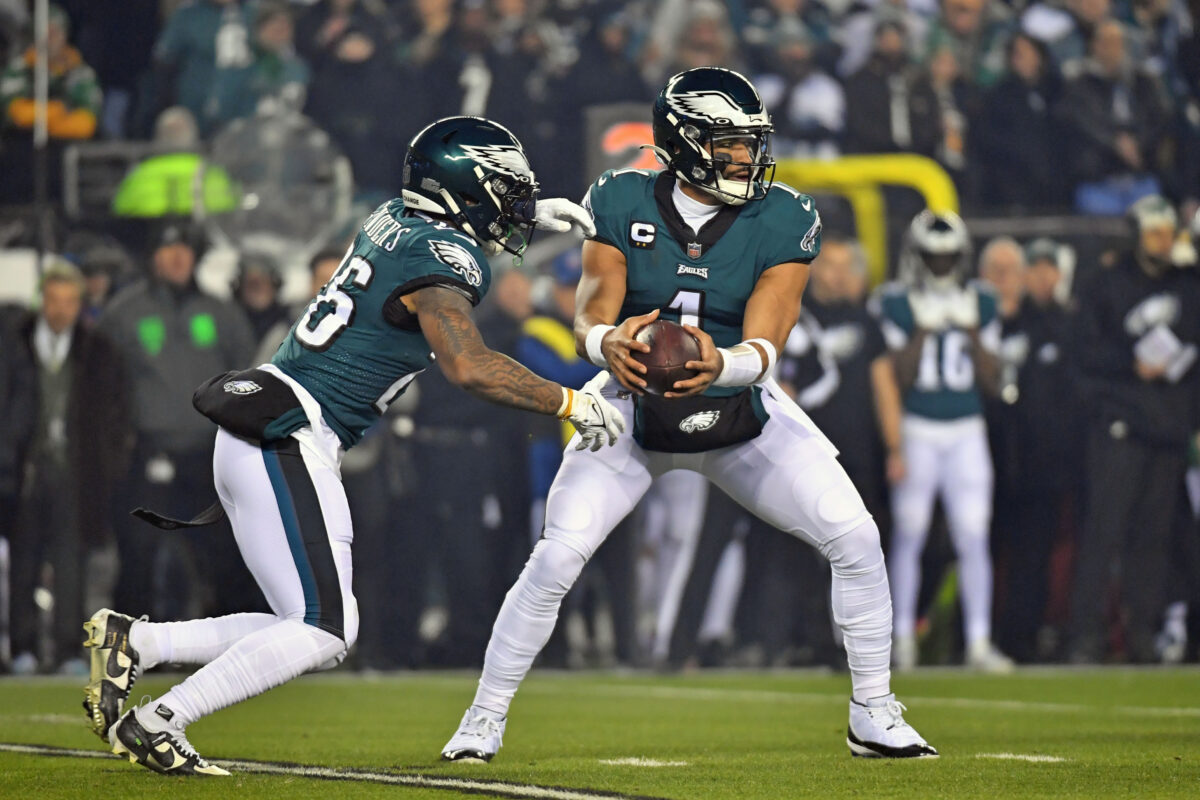
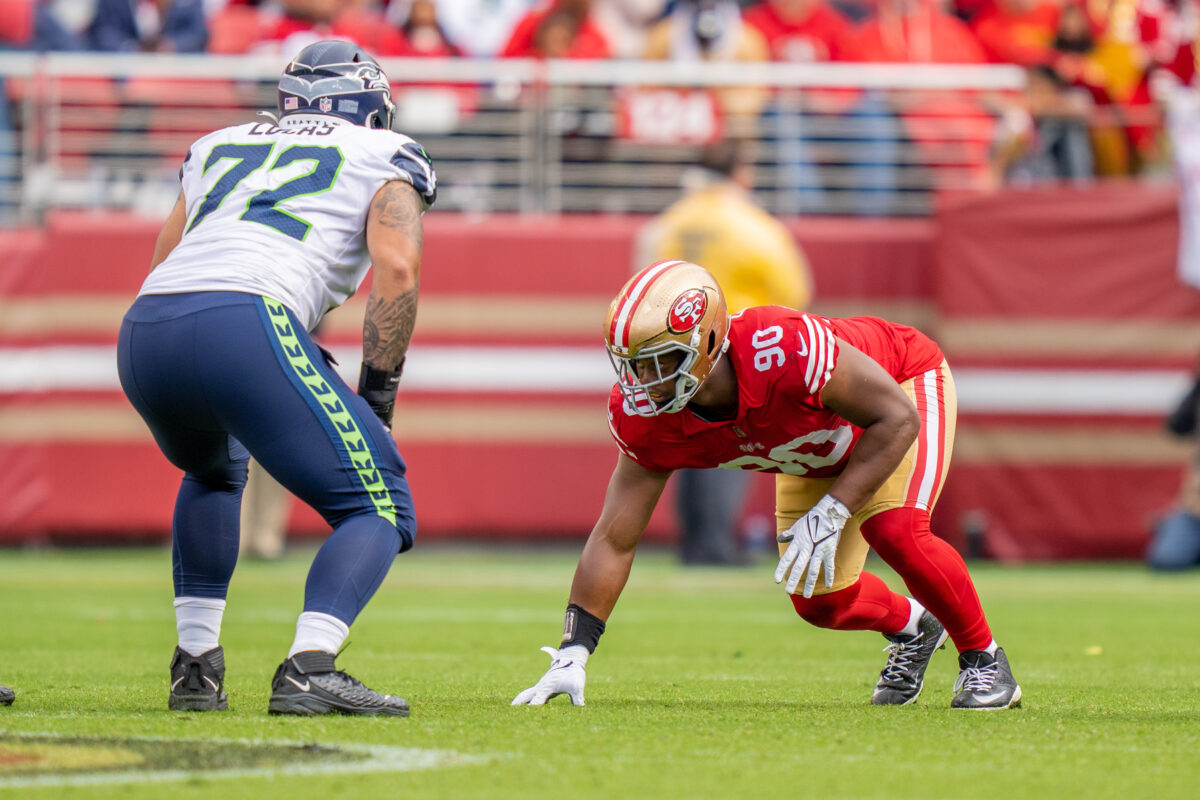
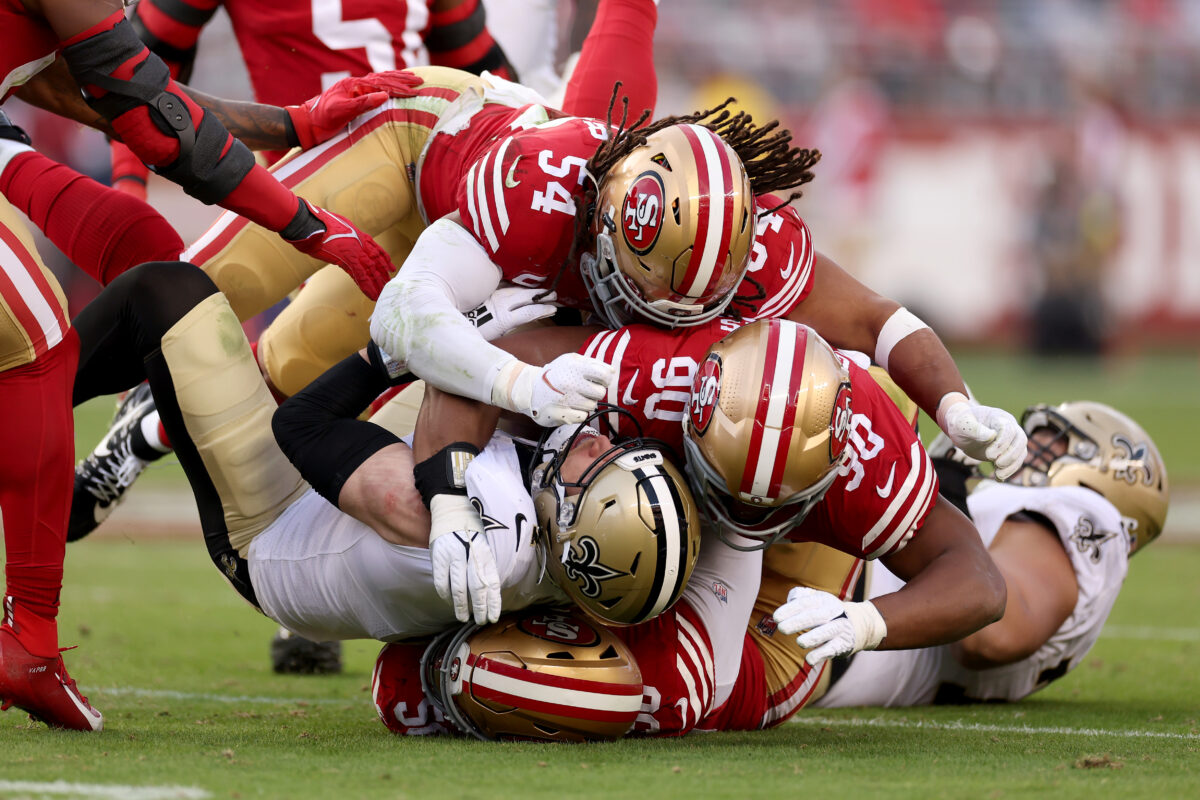
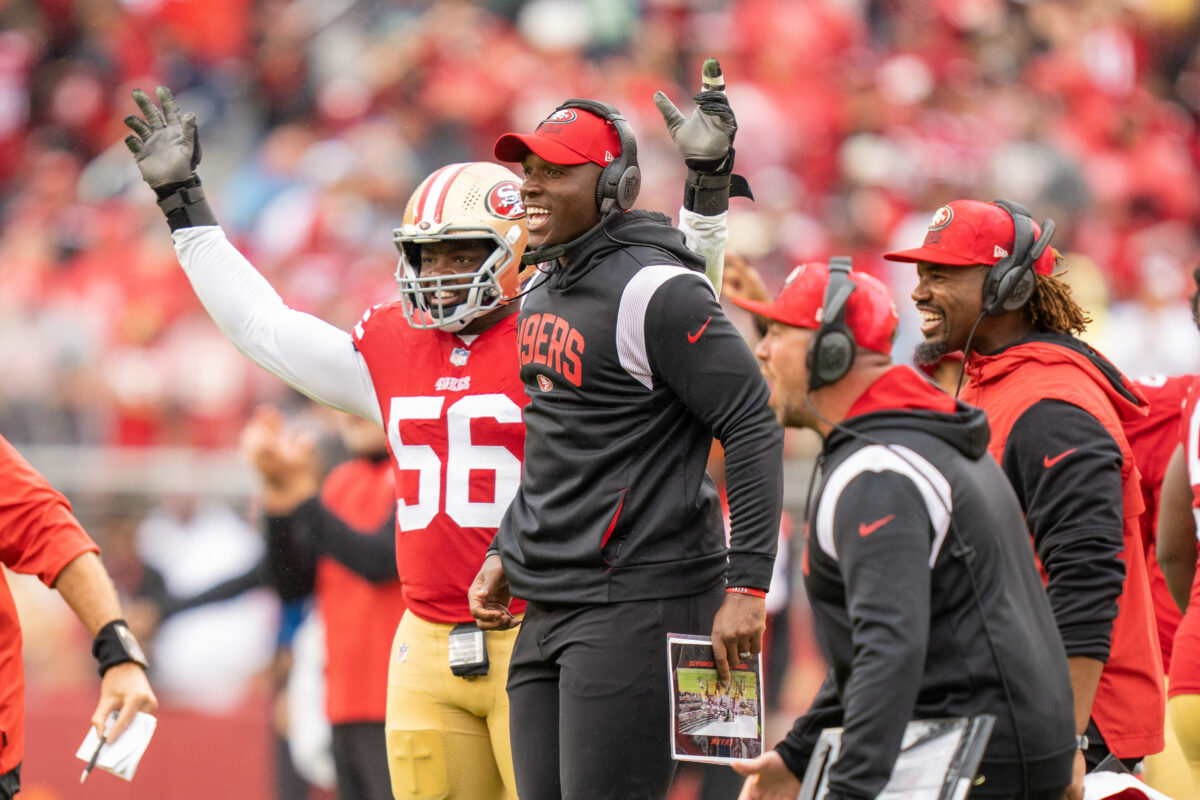
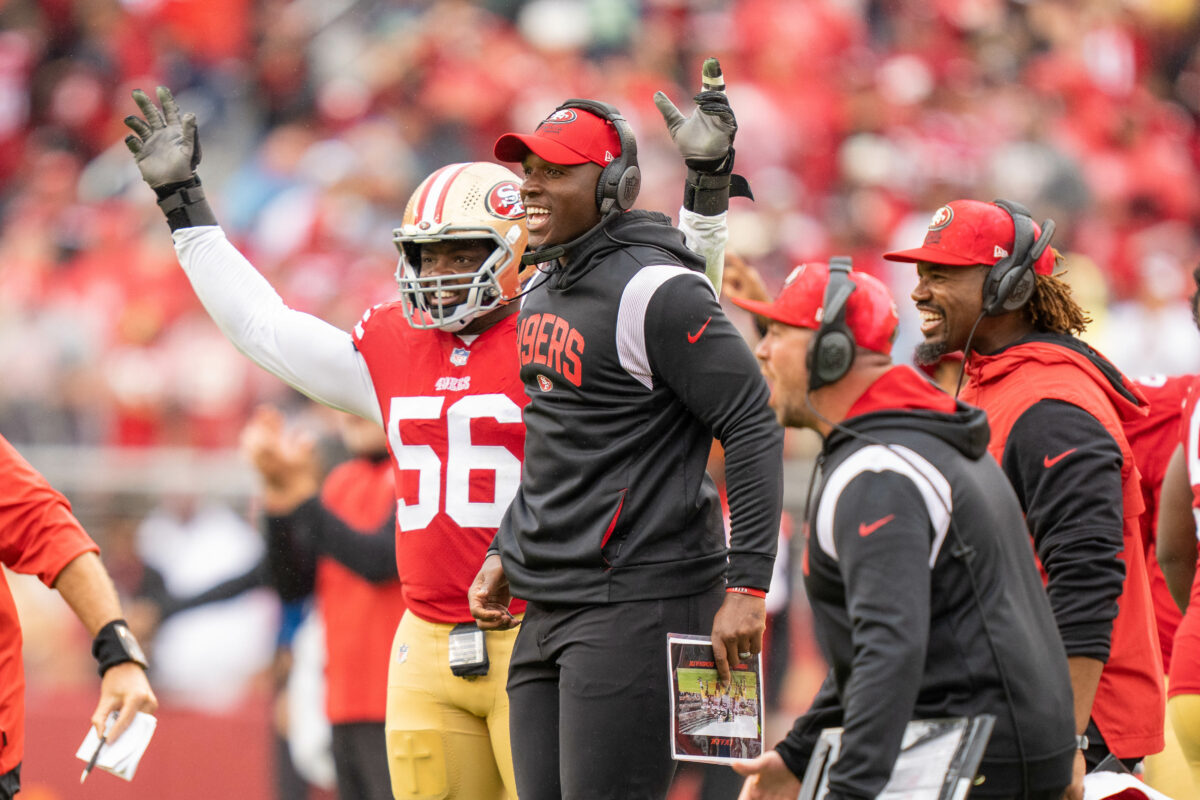
 (@NFL_DougFarrar)
(@NFL_DougFarrar) 